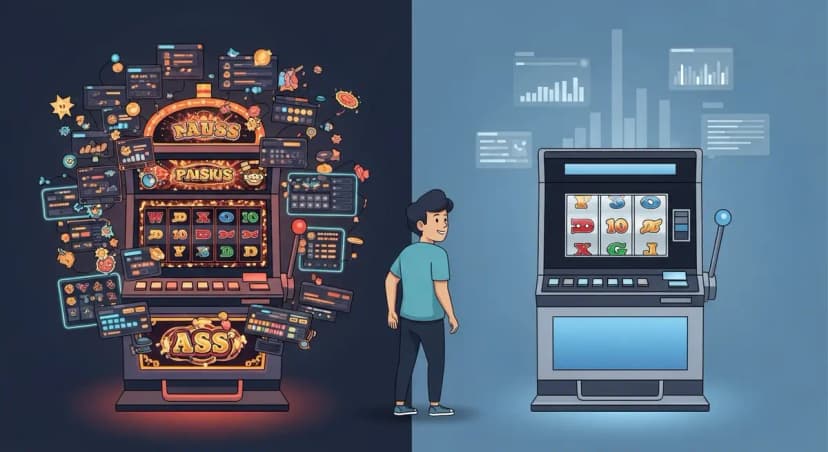Poker Table Positions Explained

Poker is a card game you'll find at most casinos that requires skill, a smart strategy, and of course, a bit of luck. A crucial part of winning at poker is understanding your table position. This knowledge is super handy for making better decisions, boosting your winnings, and cutting down on losses, especially when playing online from Zimbabwe.
In poker, there are a few table positions that need to be played differently. Each player should consider their cards along with the table position they're in. This article will focus solely on learning about poker table positions and how they can really shake up your gameplay.
Early Positions: Small and Big Blinds
The early positions at a poker game table are the first few seats to the left of the dealer. Early Positions, or EP, typically refers to the first three players after the dealer, including the Small Blind, Big Blind, and the player directly next to the Big Blind. This third player is often called UTG, which stands for Under the Gun.
Players in these early spots are at a bit of a disadvantage because they have to act first in each round. These bettors must make their decisions based only on their own cards, with no information on what their opponents might have.
However, there are still ways for bettors to make the most of their early positions.
- Play very aggressively. This could mean calling or raising if someone tries to steal your blinds, or even bluffing if your starting hand isn't exactly top-tier.
- Be selective with your hands. Stick to playing only premium hands like high pairs, AK, AQ, or other hands generally considered strong. This strategy helps you avoid unnecessary losses and win pots when you've got a solid starting hand.
Middle Positions
The middle poker positions on the table refer to players who act after those in the early positions, but before those in the late positions.
- Players in the middle positions have a slight advantage over those in the early positions, as they don’t have to play first. Still, middle positions can be tricky, as they have to play before the players in the latter positions.
- One of the key tricks for playing middle positions in poker is to play a wider range of hands than those in the early positions. Of course, all hands have to be tailored to the player’s cards from early positions.
There is a very successful strategy that can be implemented by players in the middle positions. If they have a strong hand and the early positions already placed a bet, they may re-raise, in order to force blinds to fold and steal the pot.
If a player is in the middle position, he should be very careful with aggressive late-position players and wait for stronger hands, otherwise, fold.
Late Positions
The late positions in poker are the best ones for a player to be in. These positions are the Cutoff and the Button, which are the last two positions to act in a hand. The Button is considered the most favorable position in poker, as the player in this act lasts in every betting round, giving them a significant advantage over the others.
- Playing from the late positions has the advantage of seeing how other players act and making better decisions about whether to bet, raise or fold.
- Another benefit of playing from a late position is that the pot size can be easily controlled. If no one has raised, depending on his hand, the player may decide to bet small to increase the pot or bet big, in order to bluff his opponents.
Playing from the late positions can be beneficial for a variety of poker hands that can be played as well. Both the cutoff and button can play hands, considered weaker, depending on how opponents played, and also what the pot size is.
In Summary
Understanding the poker table positions is essential to becoming a good player. All positions have a set of benefits and drawbacks, so knowing how to play from each can be a huge advantage over bettors who are not that familiar with gameplay.
Each position in poker is very different and has to be played differently, but they have a lot of things in common, which revert to having a good poker betting strategy. So, bettors should not only be familiar with poker positions, but also be well-prepared with their own game flow.
With practice, players can learn how to read their opponent's actions and make the best decisions from any position.
FAQ
Why is position important in poker?
In poker, your position at the table is crucial because it dictates the order in which you act during each betting round. Players in later positions gain a significant strategic advantage as they get to observe their opponents' actions before making their own moves.
What is considered the worst position in poker?
The small blind is generally considered the worst position in poker. This player is forced to make the first bet in each round without the benefit of seeing how other players act, putting them at a distinct disadvantage.
What defines a late position in poker?
Late position in poker refers to the two seats immediately to the right of the dealer, known as the cutoff and the button. Players in these positions are the last to act in each betting round, giving them a significant informational advantage over their opponents.
What is an early position in poker?
The first three players to act after the dealer are in early positions in poker. These are the Small Blind (SM), Big Blind (BB), and the player next to the BB, who is called Under the Gun (UTG). These positions are challenging because you have to act with limited information.
What is a middle position in poker?
Middle positions in poker are those that play after the early positions but before the late positions (cutoff and button). While they have a slight advantage over early positions, they still have to act before the most informed players, often leading to tricky decisions.
What are the best positions in poker?
The best positions at a poker table are the cutoff and the button, also known as the late positions. Being the last to act in each round means you have a clear view of how your opponents have played, allowing you to make more informed decisions about their potential hands.









